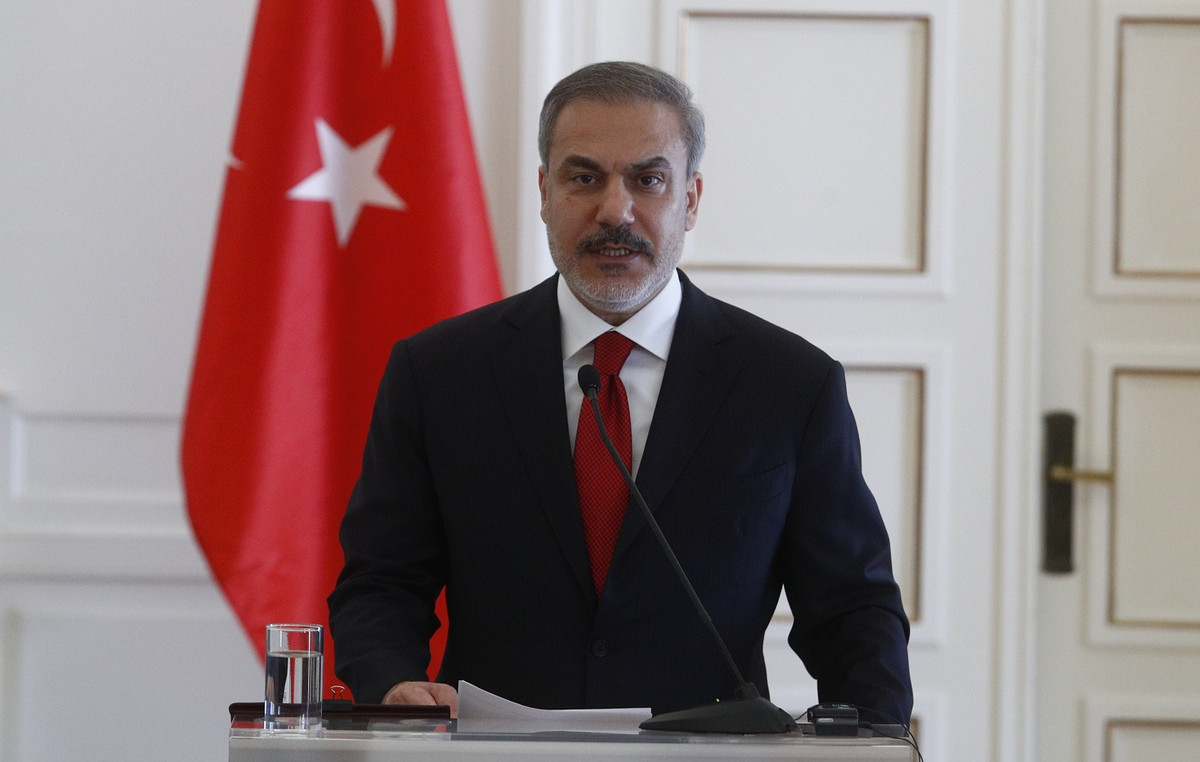The capture of Aleppo, Syria’s second largest city, by rebels brought the country’s civil war back into the focus of the international community, “shaking up” front lines that had been paralyzed for years.
The renewal of fighting between President Bashar al-Assad’s troops and opponents could have implications for the region and beyond.
Find out below who the groups are involved in the conflict in Syria.
What is happening?
The rebels launched an offensive on November 26, attacking areas north and northwest of Aleppo. They invaded the city on November 29 and 30, forcing government forces to leave.
It is the first time that control of the city has changed since 2016, when government forces, backed by Russia and Iran, defeated rebels who dominated Aleppo’s eastern districts.
The insurgents pressed into areas south and southwest of Aleppo, capturing territory in Hama province.
But the government promised to fight back. Russia, which sent its air force to Syria in 2015 to help Assad, is conducting airstrikes in support of the Syrian army.

It marks the most serious escalation of the conflict in years, adding to a death toll of hundreds of thousands since 2011, when the war developed from an Arab Spring uprising against Assad’s government.
Since then, more than half the pre-war population, which was estimated at 23 million, has been forced from their homes, with millions fleeing abroad as refugees.
Who are the rebels?
The attack was initiated by the Hayat Tahrir al-Sham group. Previously known as the Nusra Front, it was the official wing of Al Qaeda in the Syrian war, until it severed ties with the terrorist group in 2016.
HTS, led by Abu Mohammed al-Golani, has long been the dominant force in the Idlib region, part of a northwestern area where rebels have maintained a foothold despite Assad’s gains elsewhere.
The United States and Russia, Turkey and other countries designate it as a terrorist group.
Another rebel alliance launched a separate offensive in areas north of Aleppo. These insurgents are supported by Türkiye and organized under the banner of the Syrian National Army.
Why has the conflict intensified now?
Although peace remained distant, the front lines of the conflict remained unchanged for years, with Syria divided into zones where foreign powers have troops.
Russia and Iran have influence over government-controlled areas, most of Syria.
The United States has forces in the northeast and east of the country, supporting the Kurdish-led Syrian Democratic Forces. Turkey already has troops in the rebel-controlled northwest.
But the regional balance of power has been shaken by more than a year of conflict between Israel, Iran and the groups that country supports.
Hezbollah, which is financed by Iran, helped Assad regain Aleppo in 2016, for example. The group, in particular, suffered hard blows during more than two months of war with Israel in Lebanon — now, there is a ceasefire between the parties.
United States National Security Advisor Jake Sullivan told CNN It is no surprise that the rebels would try to take advantage of a new situation, in this case with the Syrian government’s main supporters — Iran, Russia and Hezbollah — “distracted” and weakened by conflict.
Sullivan was referring to regional clashes in the Middle East and the war in Ukraine.
An agreement between Russia and Turkey has stabilized the situation in northwestern Syria since 2020, but Turkey has expressed growing frustration over Assad’s failure to reach a deal with the opposition to end the conflict.
Turkish security officials said that while their country worked to thwart rebel offensives, they were increasingly concerned about attacks by Syrian government forces on insurgents.
Foreign Minister Hakan Fidan pointed out that Assad and the rebels needed to reach an agreement.

One of Turkey’s main concerns in Syria is the power held by Kurdish-led groups, which are allies of the United States but considered terrorists by Ankara.
Turkish state news agency Anadolu reported that the Syrian National Army — which, as a reminder, is a rebel group — had seized the city of Tel Rifaat from the Kurdish YPG militia.
Both Russia and Iran reiterated their support for the Syrian government.
Is there a peace plan?
The UN Security Council passed a resolution in 2015 aimed at ending the war, calling for a new Constitution, UN-supervised elections and transparent and accountable governance.
However, the implementation had no results.
UN Syria envoy Geir Pedersen commented that the escalation shows a collective failure to promote a political process and called for substantive negotiations to find a way out of the conflict.
This content was originally published in Conflict in Syria: Who is fighting in the country and why? on the CNN Brasil website.
Source: CNN Brasil
Bruce Belcher is a seasoned author with over 5 years of experience in world news. He writes for online news websites and provides in-depth analysis on the world stock market. Bruce is known for his insightful perspectives and commitment to keeping the public informed.







